Equipment
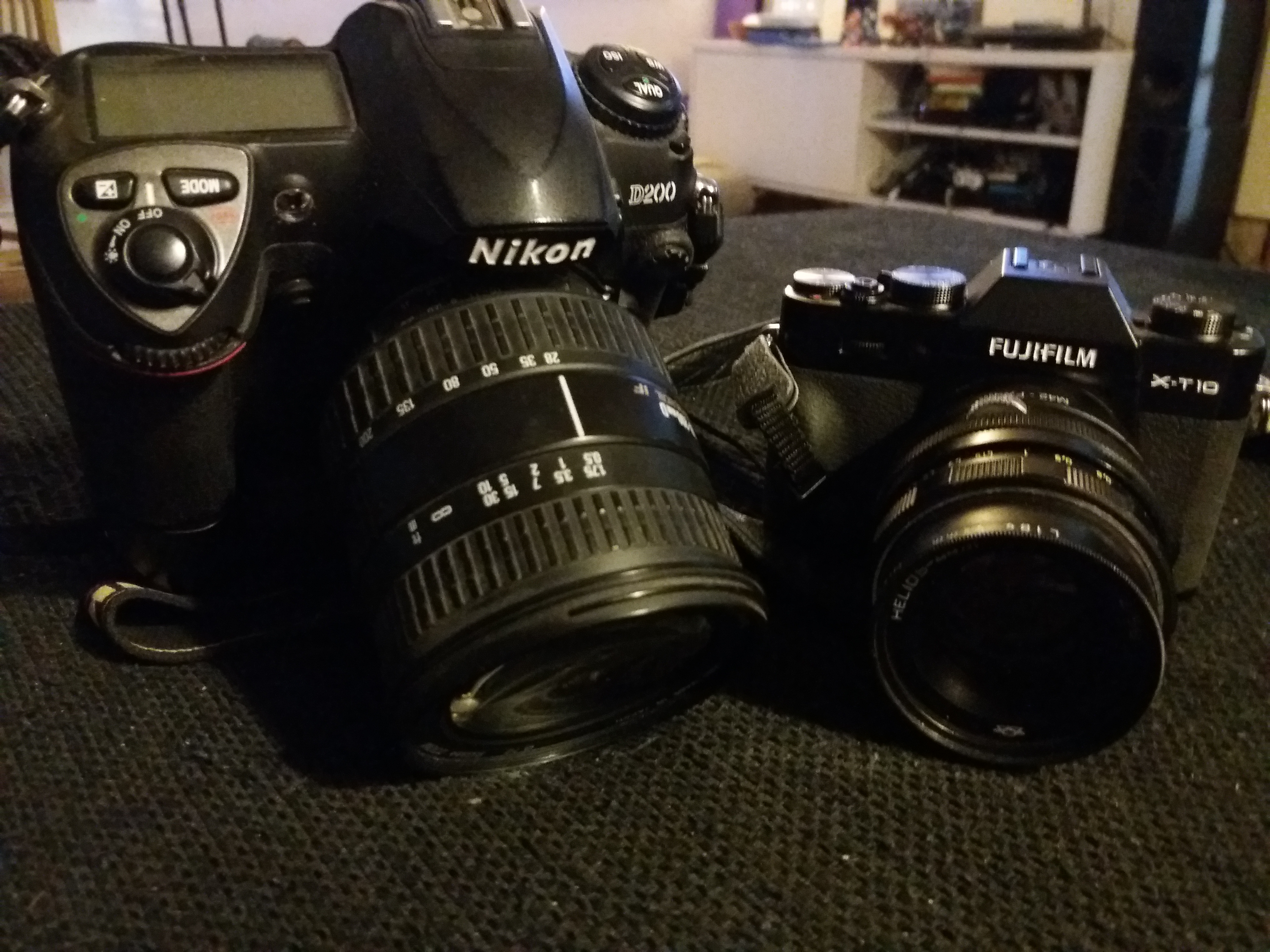
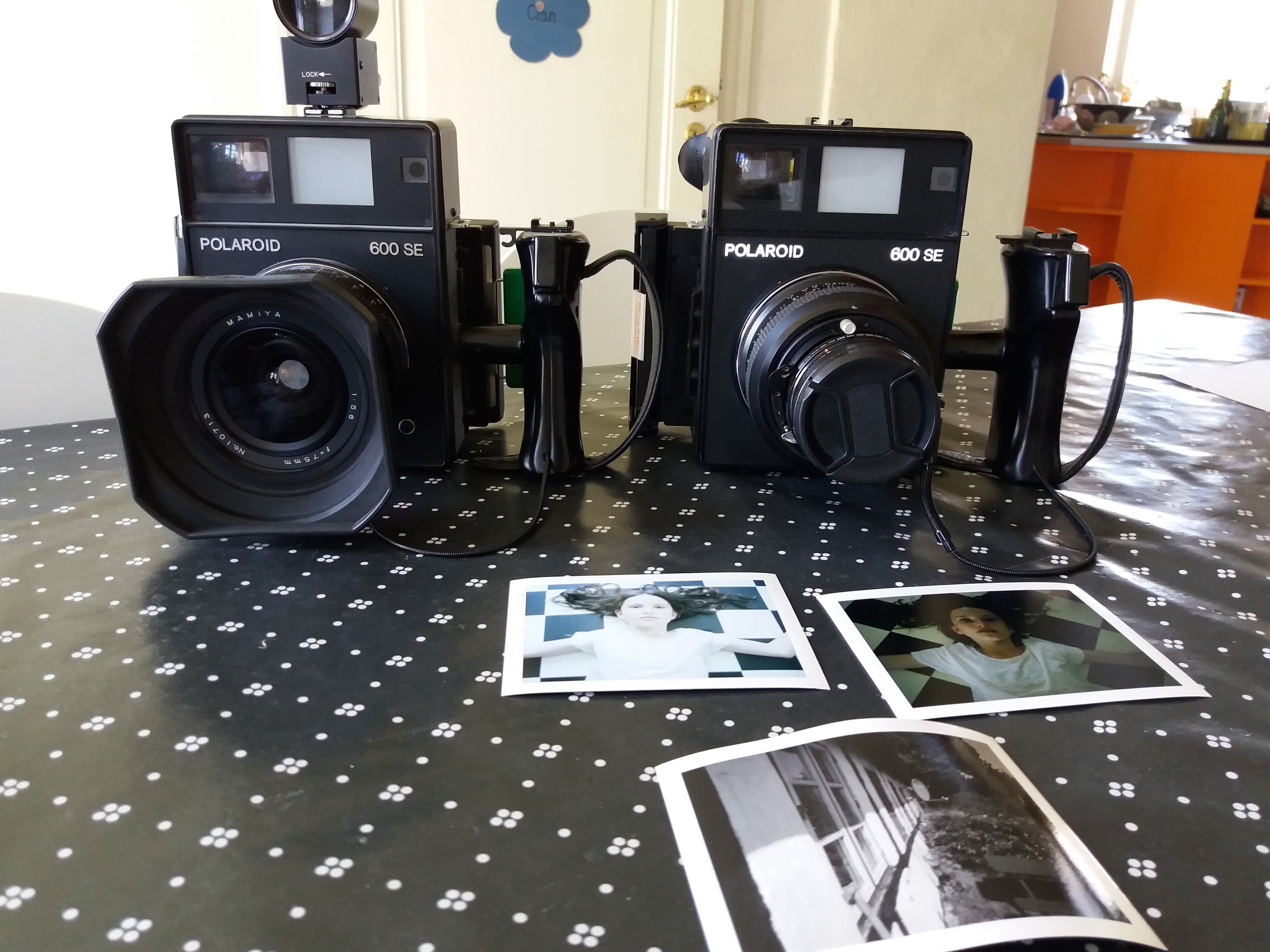
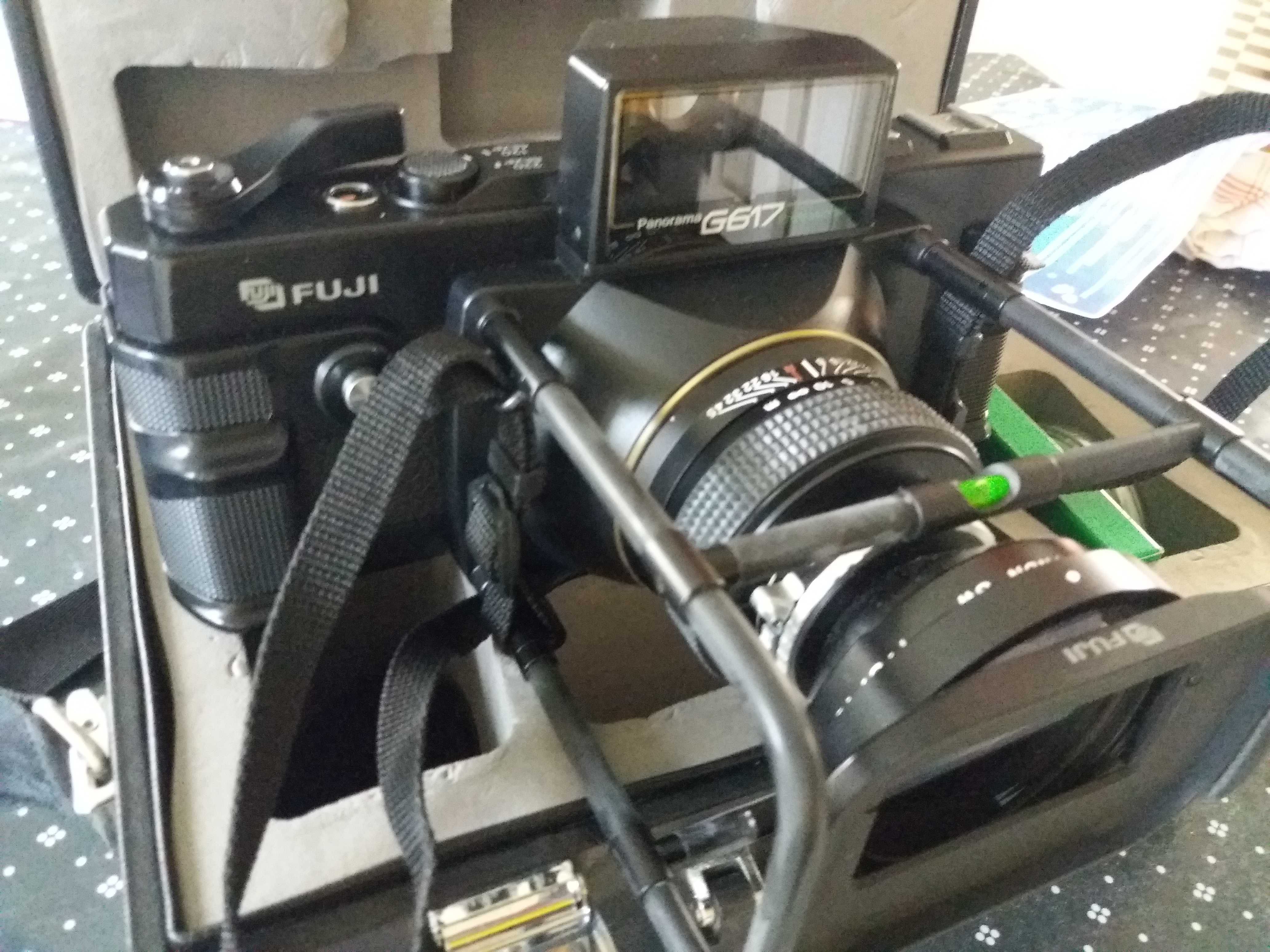
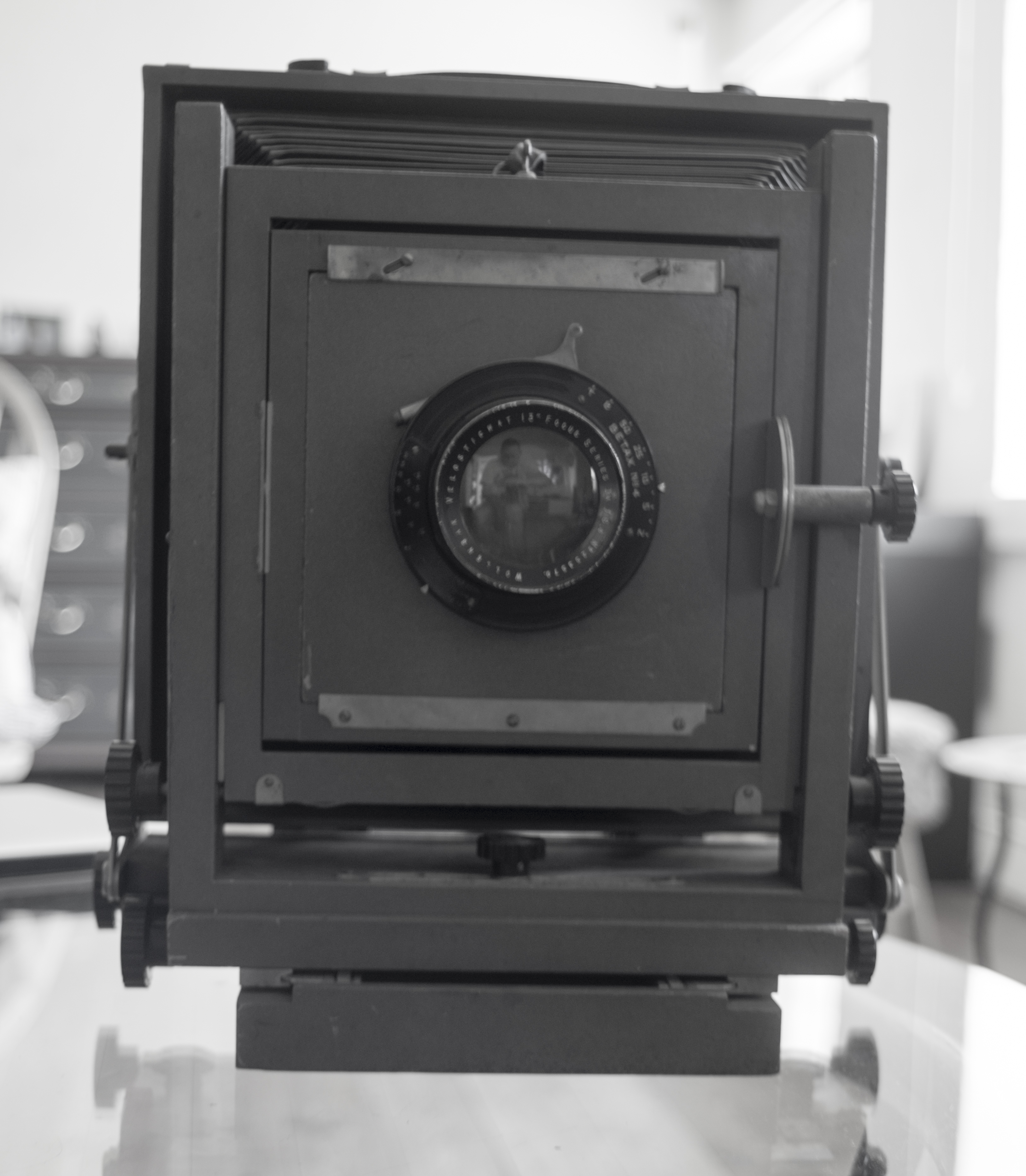
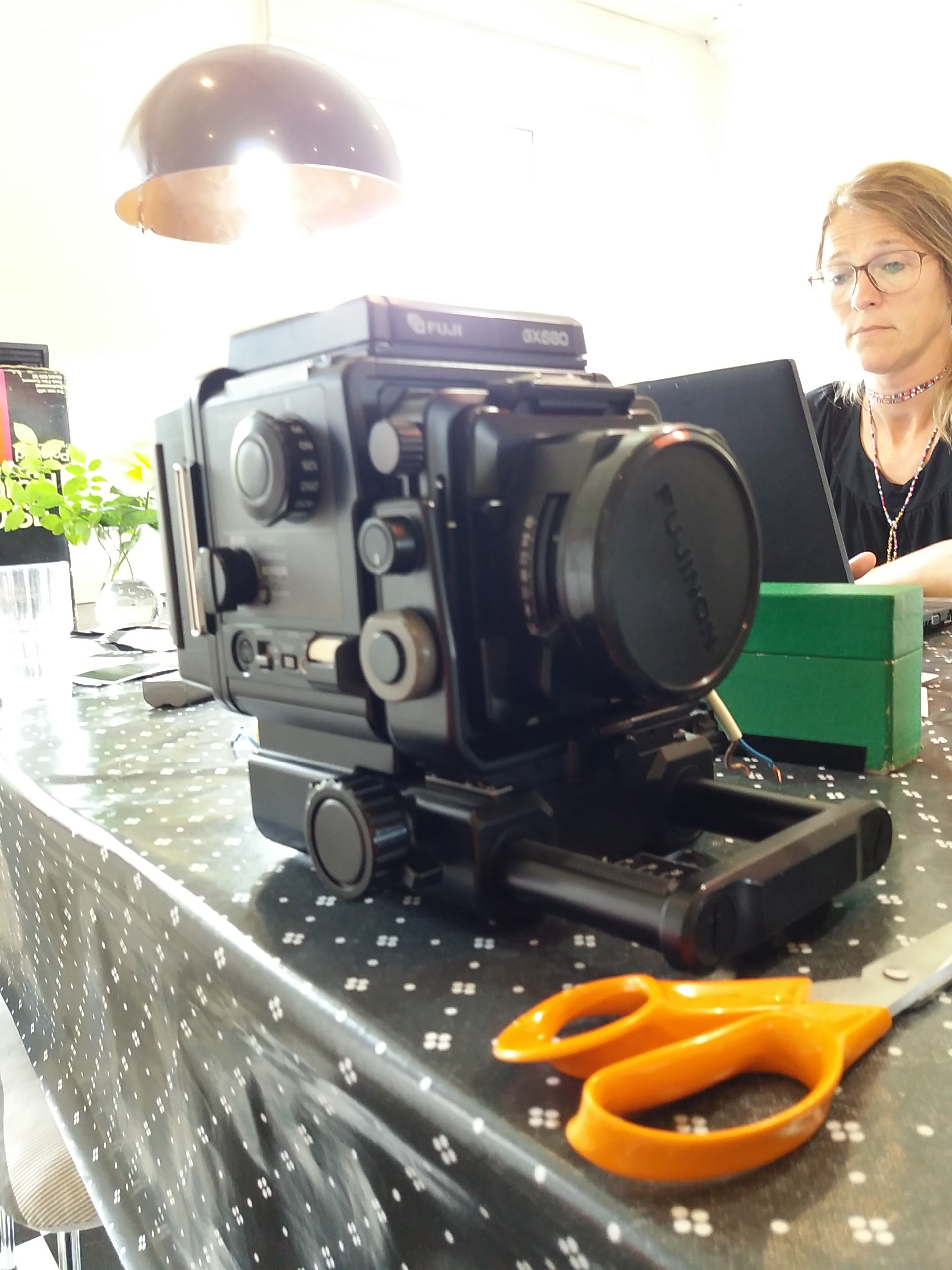
Nikon SLRs have been my work horses, starting with a 801 over 20 years ago. I graduated to a F5 and was finally dragged into the digital world. After my D200 I fumbled around for a less cumbersome camera and trial and error ( mainly error) brought me to my fujifilm xt-10. My F5 is still my favourite SLR of all time but for digital the fuji is all I need. With a M42 adapter, on a fuji you can acquire some amazing lenses for very little. Mr Cad will do you a great deal.
Polaroid galore! I used to say that being in a darkroom for the first time, watching a picture emerging on a white piece of paper, was what got me hooked on photography. And as I was about to write this here, I remembered the first image I saw developing was a polaroid. I relived that magic the first time I was in darkroom but without Polaroid, photography would have been a closed world to me. With the demise of Polaroid film and fuji discontinuing production of their peel apart, options are becoming limited. The Impossible project, New 55 and Imago direct positive photographic paper, will go some way to keep instant photography alive but I fear it will become the domain of well heeled hipsters. I have the pictured polaroid 600se's, EE100, 600 cameras and an old Land camera, plus pol backs for Hasselblad, Sinar ( 4x 5), Ansco ( 8 x 10 ) and Fuji GX680 ( 6x 8 ). Fortunately I have a large cache of expired film.
Fuji g617. 6 x 17 panorama camera. I coverted one of these for years and finally got one. It takes some amazing pictures and I've used it for people, rather than the landscapes I had intended it for. But without a darkroom, the incentive to use it hasn't been there. New 55 and ars-imago are now producing each their own monobath for black and white film. If I haven't sold the g617 in the next few weeks, then it will come out of its box for a new lease of life.
Ansco. I don't yet have a picture of my Sinar Norma or my Crown Graphic. Another magic moment in photography, for me, was my first look through a large format camera. The ability to manipulate the front and back standards, not to mention ground glass, bellows and huge optics, got me hooked on photography in a whole new way. I was lucky to get the Ansco for a fairly cheap price on Ebay - the french version of the site - and planned a Polaroid 8 x10 project. Polaroid 8 x 10 film is hard to find and too expensive to be viable but those nifty people at the Impossible Project have made their own. And photography being what it is, as I've said on instagram it requires some technical flair, knowledge and concentration - my first attempt at an 8 x10 was a failure. The lens on the Ansco has shutter speeds from 2 to 50 seconds. Metering with a SLR doesn't quite do the job if you are thinking in fractions... To be continued.
Fujifilm GX680. 6 x 8 film camera. This is a medium format camera with some of the versatility of a large format. Bellows, swing and tilt on the front standard, coupled with waist level viewfinder or an angled prism viewfinder make for a wonderful hybrid. Shooting Polaroid and Fujifilm peel apart is a joy. I haven't had this camera for that long and have still to develop any 120 film but if an equivalant to pol 100 film becomes available I'll be sticking to instand photography. It takes over the function of many of my cameras, Hasselblad 500c, Sinar Norma, Crown Graphic and Polaroid 600se. Though each of the mentioned cameras is a format / neg size all of its own, the gx680 lands smack in the middle of the group for function and format. So I get to keep my 5x4 polaroids for those special projects. I'm ditching my 500c all together and the Polaroid 600se's as much as I loathe to let them go, will be moving on to bring joy to someone else. Which should also free up some funds to expand the range of lens I have for the gx680. I got it with a 250mm and a 135mm. Both great lens but I'm missing at least one sub 100 mil lens. Will likely end up with a 50mm and an 80mm but neither of these is cheap. Look out for some "street photography" with this camera.
Not yet pictured. Sina Norma. Wonderful camera for street work but unfortunately in this day and age, Setting up a heavy duty tripod, attaching metal rails and rooting around in a large case brings unwanted attention from the authorities. I'm not joking. So my Norma doesn't get out as much as it should.
Crown Graphic. Nice "little" 5 x 4 fold away camera. It looks like a camera and doesn't confuse anyone as to its purpose. Hence it took over from my Sinar. Not the full range of motion you get with a technical camera but enough to alter perspective and play with focus.
Hasselblad 500c. A beautiful camera. I picked this up when I was strapped for cash and really wanted a 5 x 4 camera. I'd borrowed a rollei from a friend and toyed with it for a year or so. Looking through the waist level viewfinder, was another of those magical moments of photography discovery for me. The square 6 x 6 format is another. Framing for a square image rather than the "usual oblong" was a challenge and a joy. The challenge back then before the advent of 16:9 flat screens was breaking the 4:3 mould. And as a Danish Director complained on a film course, "that little screen and MTV are boxing your view of the world". Yes this was several years ago but no less true. So square, wasn't hip and I fell in love. As you might have read above - my GX680 has now replaced my Hasselblad and it will be moving on to a new owner soon.
Digital versus Analogue and the best camera for the job. I've seen some amazing and easily better photographers than myself in both formats, with a huge range of often extremely expensive equipment. I started with a Minolta with a 50mm lens bought for £5 at Camden Market. I used it for a while, to get free entry to concerts - doesn't work any more - I'd flash the camera and say I was there to take pictures and with no credentials I more often than not got in. I was into punk at the time ( still am ) and though some of these bands are big names today, they weren't that mainstream at the time and it was a big deal only for me. But one day I was approached by a journalist from a music paper, his photographer hadn't shown up and he wanted to know if I could take pictures for him. I had to admit why I had the camera and that I had no idea of how to work it. My previous cameras being point and shoot and the Polaroid 600. We bought some Ilford film from a nearby news agents, HP5 and he quickly explained how, the TTL metering worked and which way to rotate dials etc. I took the photos, we went to the paper and got another photographer to develop the film and I watched as he made a contact sheet. The photo editor bought 3 shots and I made almost 100 times what I'd paid for the minolta! So started my on and off career with phtography.
Years later when I was working freelance I got into a discussion, with a very good photographer about the switch to digital. I was reluctant. I learnt my trade on film and knew what I was doing in the darkroom. Scanning and editing digtally were extremely slow processes. I had a little wager with him that I could produce a finished image, and sell it before he could with his digital SLR. I happened to be holding my Crown graphic at the time I made my little boast and he insisted that was the camera I used. In terms of speed we presented our shots at about the same time. The 5 x 4 black and white negative won though - probably just sheer nostalgia for an aging editor.
It was a couple of years later I bought a nikon d100 and started to commit myself to learning Photoshop. It's a darkroom in reverse! Sort of. I'd still rather be in the darkroom.
The arguement can still be heard for analogue contra digital. I no longer take part. Each has its merits and its drawbacks. But each is ultimately a tool - a means to an end. My xt-10 produces wonderful pictures and reproduces colour that I often don't see. But so does Polaroid or Velvia or FP100c. In the case of the instant films, being that they are expired, you cna be forgiven for thinking that the film is making up the colour on a whim. I shot for black and white with my D200 and my xt-10 and on occasion thoughs images were better in colour. My only problem with digital is a problem with myself. I tend to get complacent. Knowing I can fix a lot in photoshop. Framing gets sloppy, I don't pay enough attention to metering shadows - a thousand things that also hold me back as a photographer. Some of this I passed on to my work with film but it all ended up being scanned and sorted out in Photoshop. Or did it? Plenty of images both digital and analogue never saw the light of day. Consigned to a CD rom or a HDD, they were disappointing failures that constantly lead me away from photography. So choosing a format given that you have a budget to work with, has to do with what works for you.
So the right camera for the job? I've spent too much of my life reading magazines and looking at websites or youtube videos, trying to find the perfect camera. The piece of equipment that will break me as a professional photographer and hopefully not break the bank. I forget that I started with a cheap secondhand camera and with no knowledge of how to use it.
I've spent stupid amounts of money on equipment, mainly used but also new. Sure that this was the the thing that would give me an extra edge. Just last night I was reading about the best lens for street photography.
What it comes down to is you the photographer. Can you compose an image that is pleasing to someone else's eye? Or can you make an image that challenges perception? Or or or... A lot of street photographers talk about getting close, breaking your own boundaries, daring to get out of your "comfort zone" ( I hate those two words, in whatever context they are used ). WHY? If I want to see the dirt in the folds of a tramp's face I'll get close. If I want to see him begging in a doorway, I'll cross the street and frame the picture as I want. Or I might zoom in on the hand reaching for some change or I'll sit next to him and frame that hand. Your subject is as much a tool as you camera. And the right tools for the right job is always going to be the correct mantra. If all you have is a disposable camera, that is the right tool but you'll have to change the job parameters a little. I've sold a few shots from disposable cameras.
Some people will tell you that being a photographeris about challenging your mindset, getting over your inhibitions and to a certain extent it is true. Here comes the CZ thing again. What makes you feel comfortable, your inhibitions, are part of you and a huge part of how you see the world. Challenging them is fine but don't do it because you are told to or because that's how to be a great ( street ) photographer. Do it because you want to discover something new, mainly about yourself but on occasion about your subject. Your imagination is your boundary, not your inhibitions. If you want a picture of hundreds of commuters in one space with open umbrellas, I'd suggest a bridge in London with you on a stepladder in the rain. Picture of a butterfly on flower... well rain and setpladder may not be required.
You are the phtographer and like the rest of us your are trying to find your audience. But if you aren't satisfied your audience won't be either. Just like in Pokémon you've got to be the very best that you can be. And like any sport, your best varies according to the given day and circumstance. Your worst might be able to bring in some money but it will teach you as much, if not more than your best. I always try to keep in mind that I'm a success at any job I do, if I can pay the bills, keep a roof over my family's head and food on the table. If I can't do this, I need a new job and whatever projects I have going need to take a back seat. Sad but true.
Your only competition is yourself. I tell myself this a lot, in many different circumstances. I can't compete with Ansel Adams or Annie Liebovitz. It's not a question of how good they are or I am. It's not an excuse. I don't have the reources or the access to their subjects. You can copy them ( be inspired ) but they have done it already and the past is not just a foreign land, their past is a foreign galaxy. Learn from them and many others by all means.
The image on the front page is one that I am at the moment deeply convinced is a good picture. The subject is my daughter but that's not why. Here is one I love of her that is a great picture for very personal reasons. She wanted to try her hand at modelling professionally. We contacted a couple of agencies and one responded wanting to see more pictures, than the head, half, full, smiling and not smiling, we'd already sent. So we combined an evening / night shoot with doing some for her portfolio. You can see some of these in my gallery. Of course being modelling shots they are all posed. But the image on the fornt page was one I wanted. As soon as I saw the granite block I knew what I wanted. I asked her to look down and to look up at the camera when I counted to three. I got this shot before I started counting and took a few more as she raised her head. But this was the picture I wanted and apart from posing her, I had to wait for the wind to move her hair just the right amount. I got my picture as I wanted it, as I saw it in my head. It could do with a bit mroe tweaking in Photoshop but I'm not ready to do that just yet. You can have a look at some of the others and find pictures that capture her personality and beauty much more than this. BUT those are her pictures, I was just the photographer. This one is MINE!
There are other pictures that I've felt as deeply invested in and they still wake strong feelings in me but I've moved on and my photos have too. Or maybe I should add have to.
